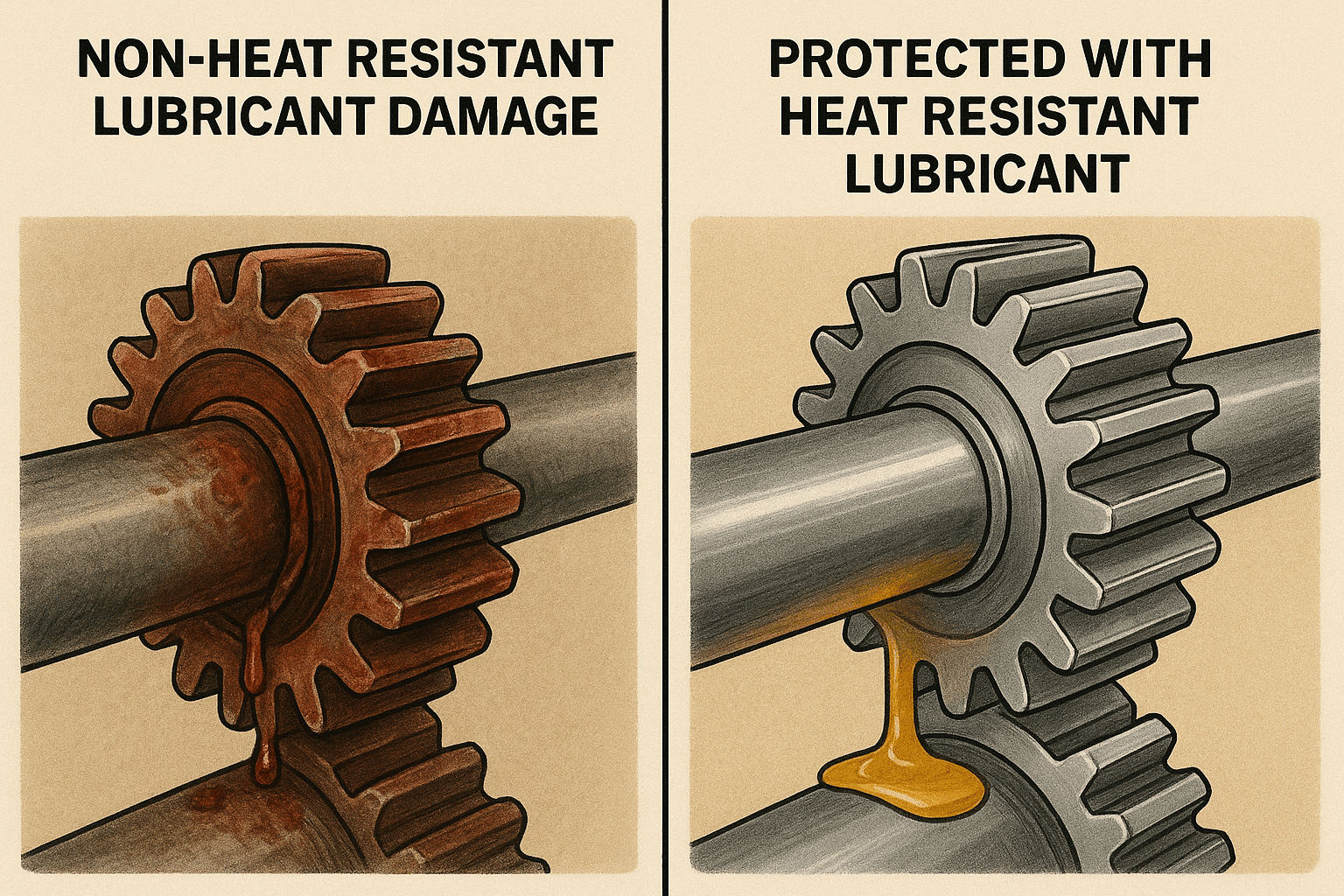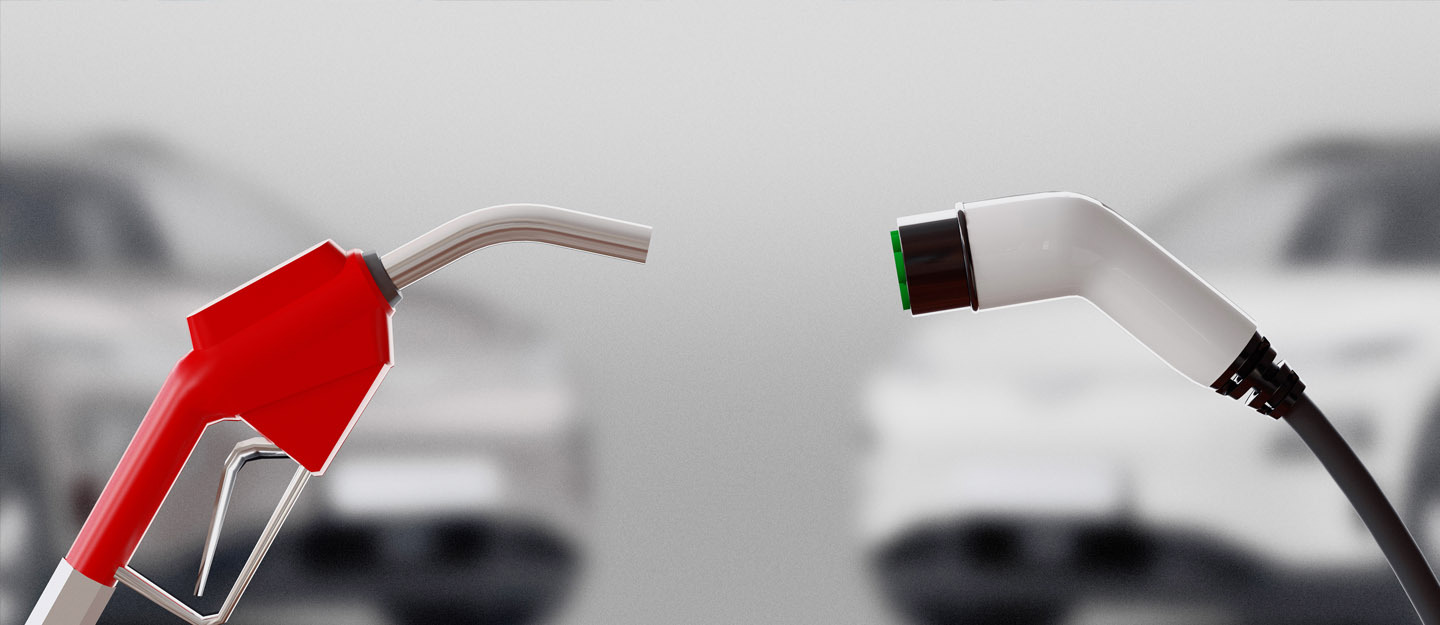Power Steering vs. Manual Steering: Which is Right for You?
Learn the key differences between manual and electric power steering systems. Discover components, pros, and maintenance tips to keep your car steering smooth and safe.
Post by: Sawiva | 2025-08-06 12:09:42

When you turn the wheel of your car, a complex system translates that input into the movement of your front wheels. For decades, drivers have had two primary systems facilitating this: manual steering and power steering. But what's the difference, and which one is better for your driving style and needs? Let's dive in.
The Era of Manual Steering
Before the widespread adoption of power steering, every car relied on a purely mechanical connection between the steering wheel and the front wheels.
How it works:
With manual steering, the steering wheel is connected to a steering column, which in turn is linked to a gearbox. This gearbox (often a rack-and-pinion or recirculating ball system) then moves tie rods connected to the wheel hubs. Essentially, every bit of effort you put into turning the wheel directly translates into moving the tires.
Pros of Manual Steering:
-
Simplicity: Fewer components mean less to go wrong and often cheaper repairs when something does.
-
Direct Feedback: Many enthusiasts love the "road feel" of manual steering. You get a direct sense of what the tires are doing and the surface beneath them.
-
Lighter Weight: Without the extra pumps, fluids, or electric motors, manual steering systems are inherently lighter, which can marginally improve fuel economy and handling dynamics.
-
No Power Loss: Since there's no engine power (for hydraulic) or electrical power (for electric) assisting the steering, there's no parasitic drain on the engine.
Cons of Manual Steering:
-
High Effort at Low Speeds: The most significant drawback is the physical effort required, especially when parking or maneuvering at low speeds. It can be a real workout!
-
Less Comfortable: For longer drives or daily commuting, the constant effort can lead to driver fatigue.
The Rise of Power Steering
As cars became heavier and front-wheel-drive became more common (which places more weight over the steering wheels), manual steering became increasingly cumbersome. Enter power steering, designed to significantly reduce the effort required to turn the wheel.
There are primarily two types of power steering:
-
Hydraulic Power Steering (HPS):
-
How it works: This system uses a hydraulic pump (typically belt-driven by the engine) to pressurize hydraulic fluid. When you turn the steering wheel, valves in the steering gear direct this pressurized fluid to one side of a piston within the steering rack. This hydraulic pressure then assists in moving the wheels.
-
Pros: Provides a smooth, consistent assist and generally good road feel.
-
Cons: The pump is engine-driven, causing a slight parasitic power loss. It also involves fluid, hoses, and seals that can leak or require maintenance.
-
-
Electric Power Steering (EPS):
-
How it works: Instead of hydraulic fluid, EPS uses an electric motor (or motors) to provide assistance. Sensors detect the steering wheel's position and the effort applied by the driver, and a control unit then commands the electric motor to provide the appropriate level of assistance.
-
Pros:
-
Fuel Efficiency: No engine-driven pump means no parasitic power loss, leading to better fuel economy.
-
Flexibility: Assistance can be easily tuned for different driving modes (e.g., lighter for city, heavier for highway).
-
Simpler Maintenance: No hydraulic fluid to leak or top up.
-
Enables Advanced Features: EPS is crucial for advanced driver-assistance systems like lane-keeping assist and autonomous parking.
-
-
Cons: Can sometimes feel less "connected" to the road than hydraulic or manual systems, though this has improved significantly in modern cars. More complex electronics can also be more expensive to repair if they fail.
-
Which One Is Right For You?
-
For the Enthusiast/Purist: If you prioritize direct road feel, simplicity, and don't mind a physical workout at low speeds, a car with manual steering might appeal to you. These are rare in modern vehicles but can be found in older sports cars or some very basic models.
-
For the Daily Driver Seeking Balance: If you drive an older car (typically pre-2000s) and appreciate a consistent, smooth assist, hydraulic power steering offers a good balance of feel and convenience. Be mindful of fluid levels and potential leaks.
-
For Modern Convenience and Efficiency: Most new cars today come with electric power steering. If you want the easiest steering experience, best fuel economy, and access to the latest driver-assist technologies, EPS is the way to go.
Conclusion
While manual steering offers a raw and direct connection to the road, the convenience and comfort of power steering, particularly electric power steering, have made it the dominant choice for modern vehicles. Understanding the differences can help you appreciate the engineering behind every turn of the wheel and choose the system that best suits your driving preferences.



